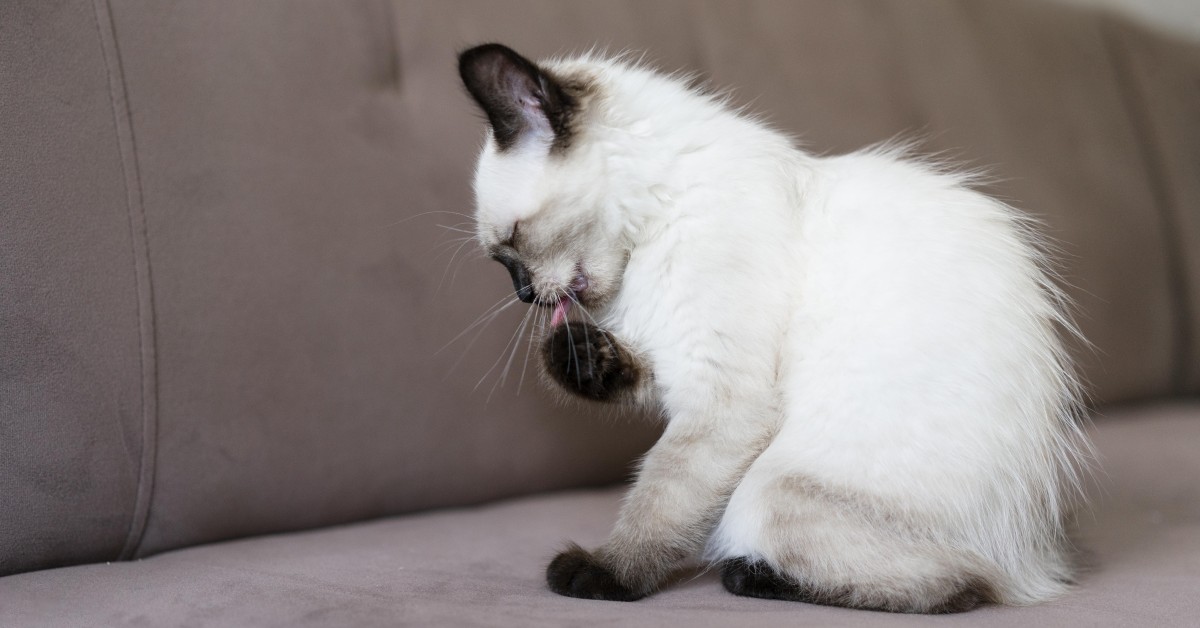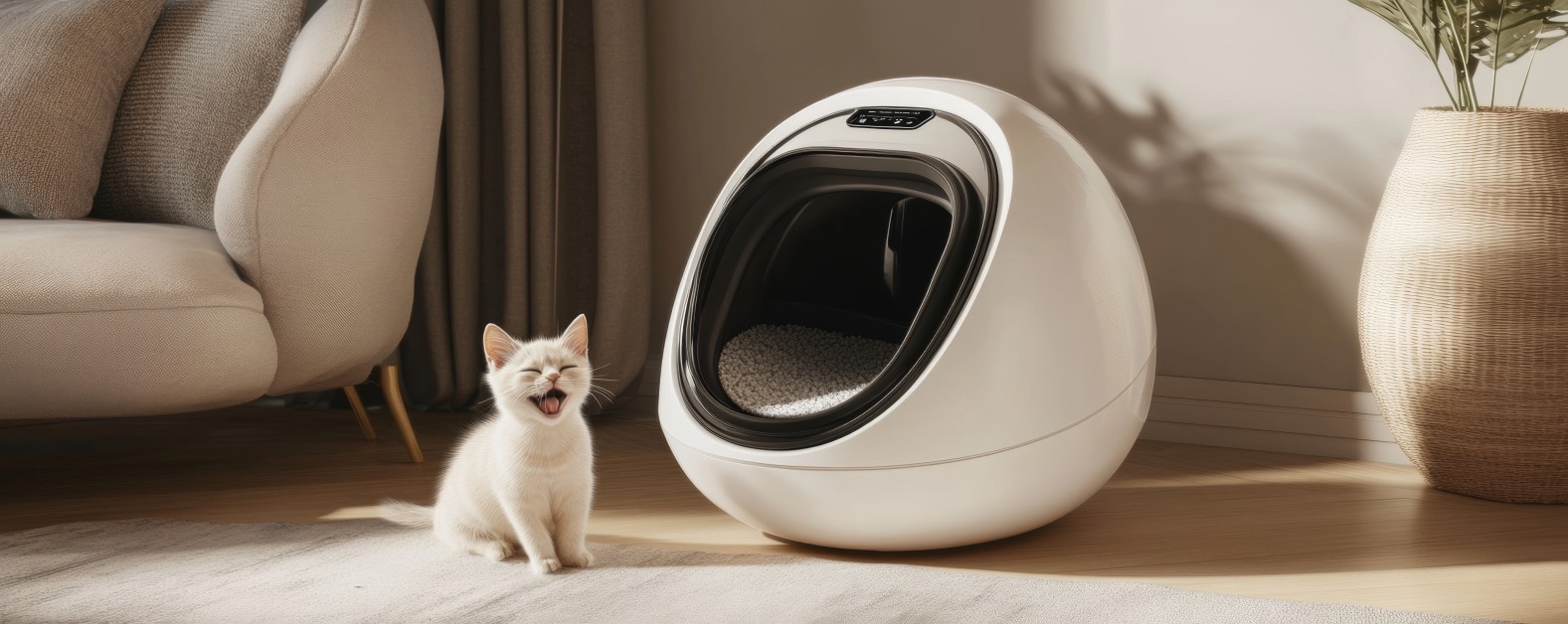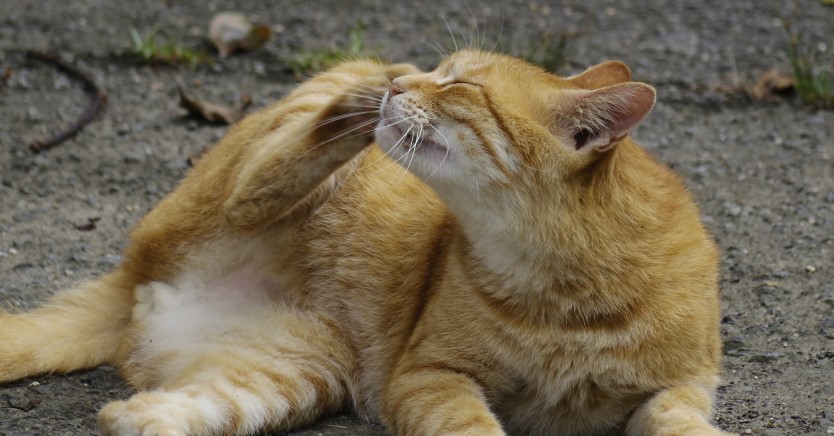Hyperthyroidism in Cats
Learn how to recognize and treat hyperthyroidism in your cat.
Despite outward appearances, your cat's anatomy is surprisingly similar to your own in many ways -- including the presence of a double-lobed thyroid gland. This gland plays a major role in regulating metabolism, but sometimes it overdoes things. This overproduction, known as hyperthyroidism, can cause uncomfortable symptoms as well as serious health complications. Let's examine hyperthyroidism in cats, from what might cause the condition to how you and your vet can help your cat overcome it.
When Your Cat's Thyroid Goes Into Overdrive
You may hear the thyroid described either as a pair of glands or a single gland consisting of two lobes, one of each side of the neck. Whatever terminology you use, the thyroid gland performs key roles in feline metabolic function by releasing thyroxine and other hormones. These hormones govern physical processes ranging from muscle tone maintenance, nerve function, and heart performance to weight, body temperature, carbohydrate/fat metabolism, and brain development.
As critical as thyroid hormones may be, however, your cat can have too much of a good thing. Under certain conditions, the thyroid gland may produce too much of these hormones, resulting in a hyperthyroid state. Hyperthyroidism tends to appear in cats aged 12 or older, with less than one-third of all cases affecting cats before the age of 10.
Possible Causes of Hyperthyroidism
Why might your cat's thyroid gland run amuck? The culprit is usually a benign growth on one lobe or the other, although a small percentage of such growths can prove cancerous. As the tissue grows larger, it produces excessive levels of thyroid hormones.
In addition to cancer, other factors may contribute to the abnormal thyroid gland growth that triggers hyperthyroidism in cats. Researchers speculate that exposure to certain chemicals might set it off. Examples include the ingredients in seafood-flavored canned foods and household flame retardants that can float away from furniture in the form of airborne particles.
Hyperthyroidism Symptoms Worth Taking Seriously
Unexplained weight loss is a common symptom in feline hyperthyroidism. At the same time, your cat may develop a ravenous appetite, consuming much more food than usual despite the drop in weight. Cats with hyperthyroid issues may also seem unusually thirsty and urinate frequently. Loss of muscle tone, toenail thickening, a rapid heart rate, vomiting, and diarrhea can develop in this condition.
Hyperthyroidism in cats can cause behavioral changes as well as physical ones. Watch for signs of irritability or aggression, along with a loss of interest in the grooming that cats are normally so meticulous about. If you notice multiple symptoms occurring at the same time, you should suspect hyperthyroidism and contact your veterinarian.
You don't want to let a case of hyperthyroidism go unchecked. Untreated, the condition can lead to thyrotoxic cardiomyopathy, a dangerous enlargement and thickening of the heart muscle, sometimes accompanied by a heart murmur. The condition can also cause severe hypertension, which in turn can cause retinal detachment and loss of vision.
Feline Hyperthyroidism Diagnosis and Treatment
Fortunately, veterinarians know how to diagnose and treat hyperthyroidism in cats. Your vet may feel your cat's neck to check for lumps under the skin, a sign of thyroid enlargement. Blood tests can measure the levels of thyroxine in your cat's body. A high thyroxine level will probably lead to additional testing and/or a thyroid scan to confirm the diagnosis.
The exact course of treatment your vet recommends will depend on your cat's current state of health and the severity of the thyroid problem. Many cases of feline hyperthyroidism respond well to simple, non-invasive treatments. For instance, since the iodine in food can boost production of thyroid hormones, a special iodine-free diet may relieve your cat's thyroid troubles. However, you must remember that this no-iodine rule applies to treats as well as meals.
Speaking of iodine, radioactive iodine can often cure hyperthyroidism. When the radioactive iodine enters your cat's system, it kills the abnormal thyroid tissue while sparing the normal tissue, restoring normal hormone production levels.
You may be able to control your cat's hyperthyroidism by giving it a hormone-inhibiting medication called methimazole. However, your cat would need to stay on this medication regimen for life. Additionally, methimazole can sometimes cause side effects such as anemia, low white cell count, liver problems, loss of appetite, lethargy, and vomiting. You'll need to schedule periodic checkups to look for these potential problems.
A severely enlarged or diseased thyroid gland may merit surgical removal. Depending on whether your vet removes one or both sides of the gland, your cat may actually end up with the opposite of hyperthyroidism -- hypothyroidism, or insufficient thyroid hormone production. Since hypothyroidism can cause problems of its own, your vet might then need to prescribe thyroid hormone medication to bring the levels back up to normal. If your cat is very old or in no condition to undergo surgery, your vet will recommend a different treatment approach.
Does Your Cat Have Hyperthyroidism?
If you worry that your cat shows the classic signs of feline hyperthyroidism, don't wait too long to investigate the matter. Contact your trusted veterinary clinic right away to schedule a medical evaluation, get a reliable diagnosis of your cat's condition, and discuss available treatment options. With luck, you and your cat will continue to enjoy many happy years together!
Ready to start saving money on pet wellness care?
Then take a look at Mint Wellness, the pet wellness plan that provides fast reimbursement on routine pet care. Save on vaccinations, wellness exams, preventatives, dental, and more!
Learn More


